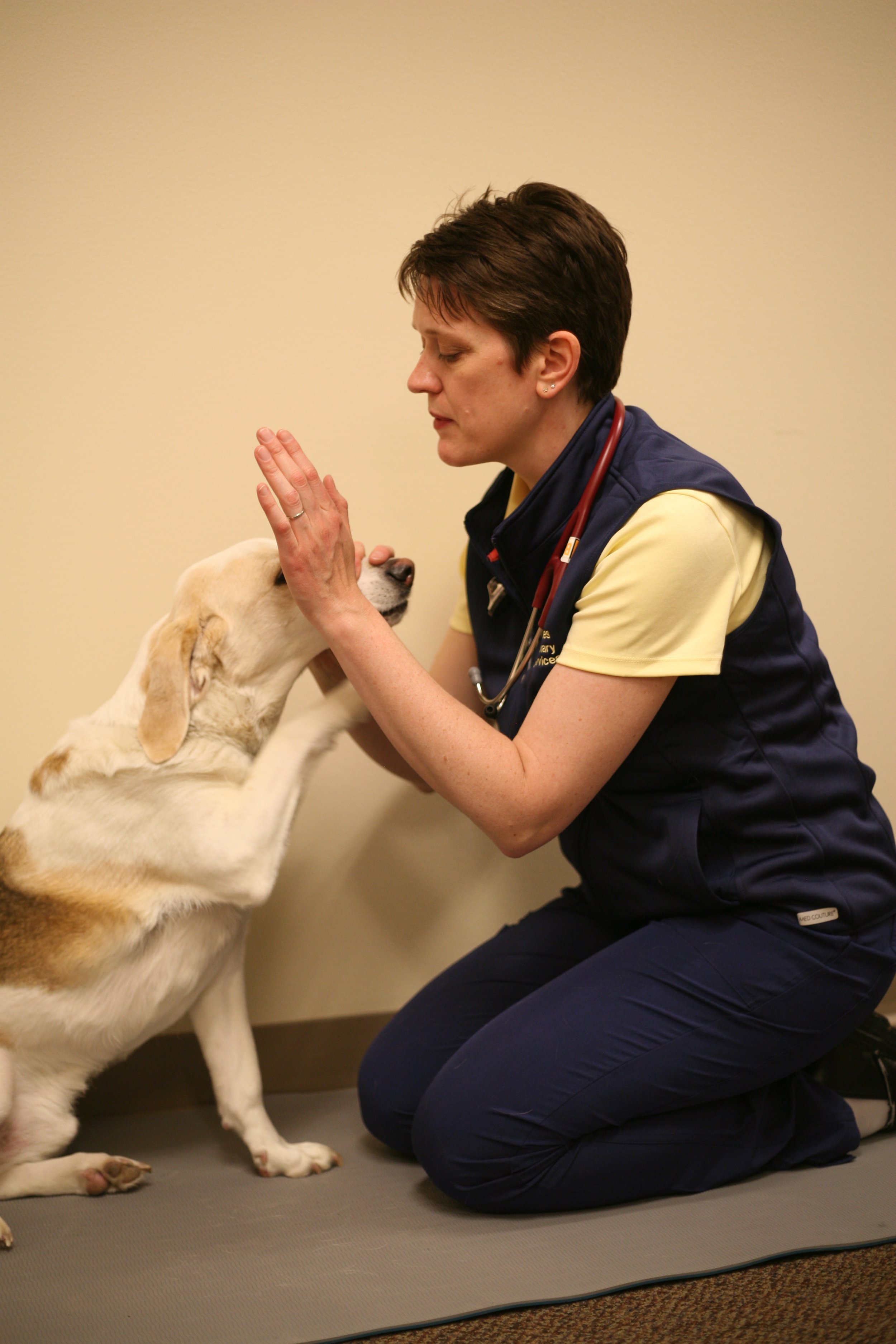Careful questioning of the owner is required to determine if the episodes described ARE seizures. Syncope, vestibular signs, neck pain, and movement disorders (think Scottie cramp) have episodic presentations with similarities to seizures. Nothing is fool proof, even an EEG, but here are some tips to get you going in the right direction.
Describe the event, please!
Discrete episodes, with a finite start and stop, combined with autonomic signs often indicate a seizure. Level of mentation can be confusing and difficult to determine (especially for those pesky night time seizures) so don't spend too much time grilling an owner on this one. Videos can be priceless. I have evaluated many dogs and cats for seizures that actually have something else after reviewing the video. Neck pain, movement disorders, and syncope are the most common pretenders that I've seen. Finally, ask how long the events are lasting. This question is subject to tremendous bias, but if the owner says "all day" I start wondering about other non-seizure events.
How often have the events occurred?
Okay sorry, I need to harp on this one. My pet peeve is hearing "about once a month" as an answer! This is an easy one and something we should encourage ALL clients with seizure pets to do. Keep a calendar! Tell owners to write it down, put it in a spreadsheet, mark it on their phone, keep a list - the choices are as varied as the seizures they record! You will NEED this to be in place to help you direct treatment. The single biggest reason to change treatment is that the seizures do not meet the seizure goals for epileptic pets. What are the seizure goals? Animals should have 1 seizure or less every 3 months.
Your second goal here is to learn about cluster seizures. If the animal has 2 or more seizures in 24 hours that is defined as cluster seizures. Cluster seizures need at home cluster seizure management (another topic for another day). Furthermore, some drugs work better for dogs with cluster seizures than those with single seizures. I personally believe that bromide is a terrific option for cluster seizures and will readily use it for patients with this type of pattern.
How long is each seizure?
This question is utilized to learn about status epilepticus. Any seizure longer than 3-5 minutes (people argue about what is the correct time) is considered status. Status warrants emergency management with injectable solutions (intranasal, intravenous, other). Untreated status can set an animal up for systemic side effects as well as increase the risk of permanent brain damage.
What does the animal do after the event is finished?
Your goal here is to evaluate the post ictal phase so that you can decide if a change in treatment is needed. Based on the rules outlined by the International Veterinary Epilepsy Task Force, severe post ictal changes (such as aggression) warrant treatment even if the other parameters for treatment haven't been met. I also use this question to determine how the owner is feeling about the event. Answers such as "he was fine" or "he paced and paced and seemed really upset" give me a window into how they feel about as much as how the dog did. Helping owners cope with seizures is also part of our job!
Do you have a seizure case that isn't meeting your seizure goals? Let me know! My favorite part of neurology is long-term seizure management so I'd love to help you, help your patients!
I'm headed to Chicago Vet Conference on Friday for a few talks on seizures, the neuro exam and lesion localization. I'd love to see you if you're at the conference so stop by and say "hi" if you have time!

